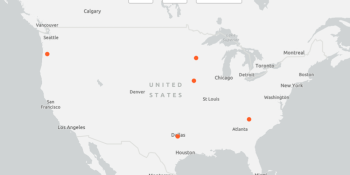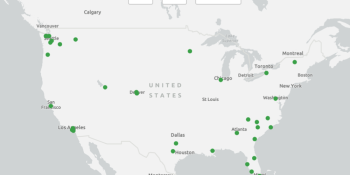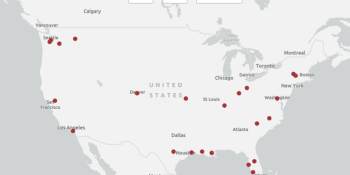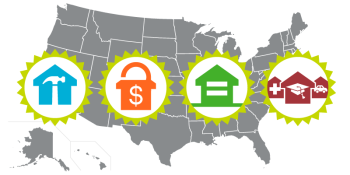Increasing the supply and preservation of affordable homes
As housing costs have risen, low-income families have faced increased risk of being squeezed out of the rental and homeownership housing markets. That’s why the Cost of Home campaign placed increasing the supply and preservation of affordable homes among its key areas of focus.
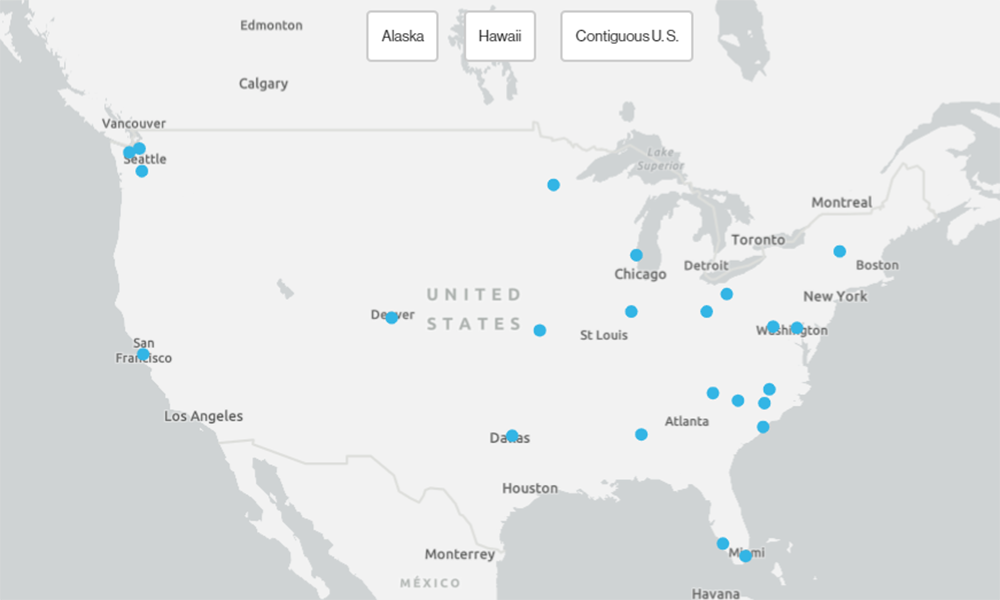
Check out our interactive map to see areas where local and state Habitat organizations successfully changed housing policies to increase the supply and preservation of affordable homes.
To supplement static or declining federal housing resources, local and state Habitat organizations have engaged in advocacy initiatives using various strategies to persuade their governments to raise new housing resources.
Strategies used to successfully increase the supply and preservation of affordable homes:
- Creation of new dedicated funding for local and state housing trust funds.
- Increase in general fund appropriations for housing.
- Adoption of multiyear, general-obligation housing bonds.
- Establishment and expansion of state housing tax credits.
- Creation of new resources to support homes for those with the lowest incomes.
- Expansion of the availability of housing vouchers to make more existing homes affordable.
“While we need federal funding, which we clearly do, the truth of the matter is that leadership has to come at the local level.”
Our impact
Check out our solutions in action:
- Policy successes mapped by policy focus area and geographies.
- A typology or searchable database of policy changes achieved by Cost of Home.
- Urban Institute brief on searchable database.
- Strategies for advocates to influence home affordability policies.
- Urban Institute policy assessment report.
Join us
Though the Cost of Home campaign has concluded, the work continues.
Learn how you can add your voice as Habitat advocates for policies that will increase the production, preservation and accessibility of affordable homes.
